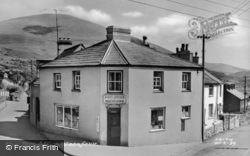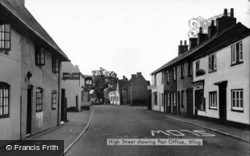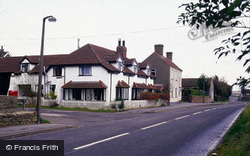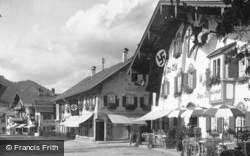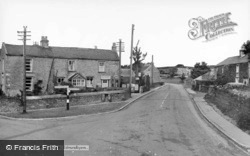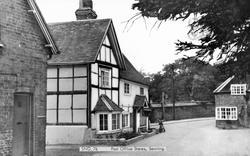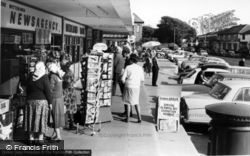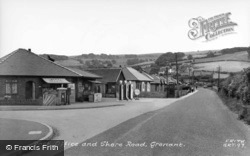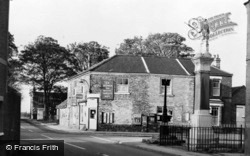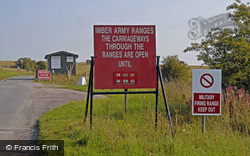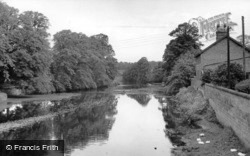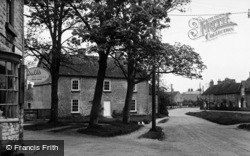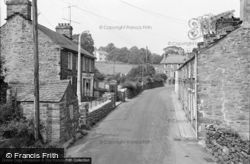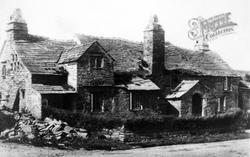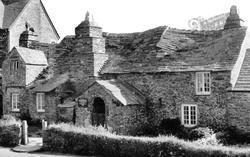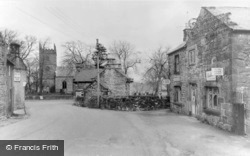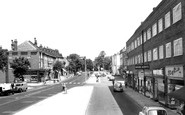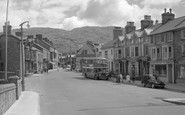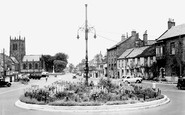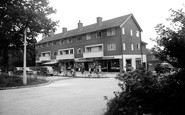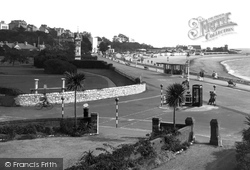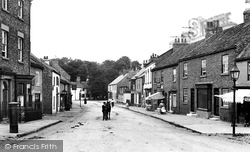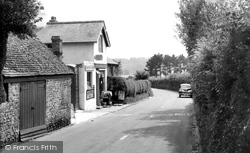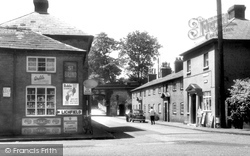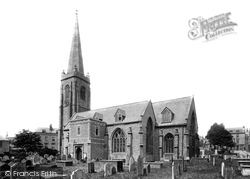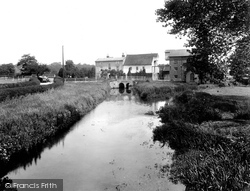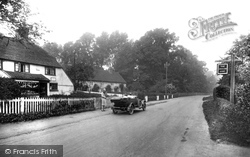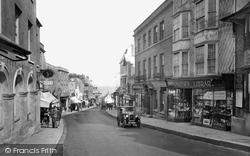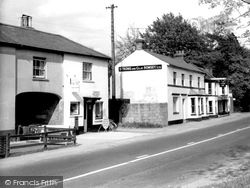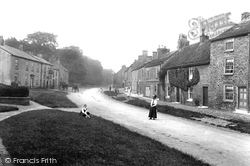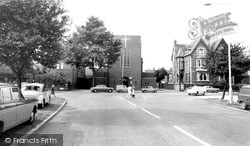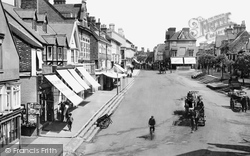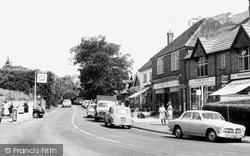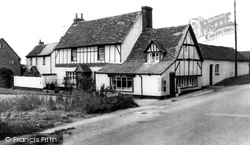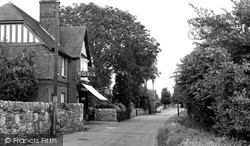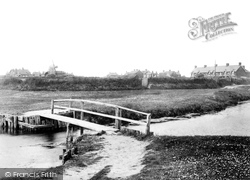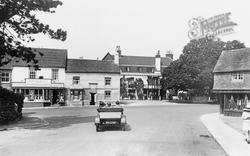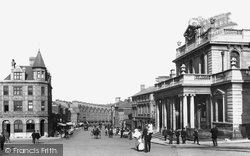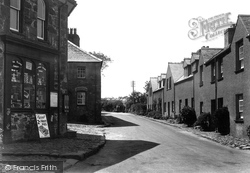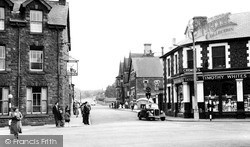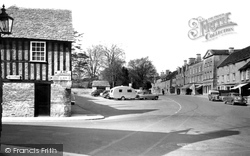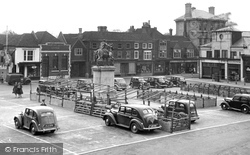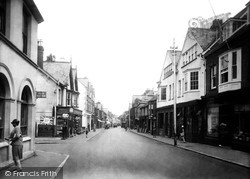Places
9 places found.
Those places high-lighted have photos. All locations may have maps, books and memories.
Photos
2,359 photos found. Showing results 801 to 820.
Maps
776 maps found.
Books
Sorry, no books were found that related to your search.
Memories
2,736 memories found. Showing results 401 to 410.
Haydock Ave., Islip Manor, St.Vincents....What Memories....
I lived 8,Haydock Ave,.next to old peoples home, opposite the back of the shops service road, including the Cabin.1955 to 1967. My parents Reg & Bea with my older brother Terry. I was born Perivale ...Read more
A memory of Northolt by
60's In Hatch End
\yes remember this so well, I live in Pinner now and the modern picture would be full of cars of a day and especially in the evening of people eating out, this must have the most concentrated restaurants in the UK. The only original ...Read more
A memory of Hatch End by
Manod Boy.
Nice memories. Post office behind the bus, across I think was Crosville depot. There was a billiard hall on bridge somewhere. Central School till war broke out then work; Joined RN, spell in Malta, was AA Man in Bettws Y Coed ...Read more
A memory of Blaenau Ffestiniog in 1940 by
The Mount Maternity Home Northallerton
I gave birth to my daughter Emma Benson on 18/01/80 and then later my son Michael Benson 25/09/81 I also worked as an Auxiliary nurse until the move to the Friarage hospital I then went on to become an RGN ...Read more
A memory of Northallerton in 1980 by
Police Station
I have only just found this site. I was born in 1944 in Hitchin, Hertfordshire, my Mom was sent there as bombs were falling still in the London area and Woodford was still getting there fair share. We lived in an alleyway ...Read more
A memory of Woodford Bridge in 1947 by
Army Life As A Child
I lived in Larkhill as a small child in the very late fifities. In those days you could walk to Stonehenge and there were no barriers to stop you going right up to the stones. In the local primary school most of the children ...Read more
A memory of Larkhill by
Mill Lane
Hi Everyone i also grew up mostly on mill lane estate (woodlands ave ) and went to St Marks School (head Master Mr Thorpe) you all have jogged my memory to fantastic times around woodley. i also remember snuches ha ha played ...Read more
A memory of Woodley by
Cronkeyshaw Junior School
I'm writing about my memories of Cronkeyshaw School. It was situated to the north of Rochdale Town Centre in the corner of a large open common grassland area, Cronkeyshaw Common, opposite Falinge Park. After school each day ...Read more
A memory of Rochdale in 1955 by
My First Job
If I remember correctly on the far left was the chemists, then the butchers, then Reekie's the grocery shop, then Wayletts the sweet shop and post office and then on the right a greengrocers. This could all be wrong of course. I had my ...Read more
A memory of Bromley in 1966 by
Lost Friends
Hello,this is really a request for help in finding some long lost friends from Southgate.I now live in Cyprus,but used to live in Hampden Way N14 and lost touch with them in 1979.I knew the people at 169 and 131 and lost ...Read more
A memory of Southgate in 1979 by
Captions
1,642 captions found. Showing results 961 to 984.
This view, looking west from the green, has lost its two community facilities: The Bell is now a house, while the shop on the right is now a house called The Old Post Office.
There is the more familiar red telephone box on the traffic island, a modern post box, and Belisha beacons to aid pedestrians wishing to cross the road.
In more modern times the town was a major coaching post on the great North Road, and several fine inns survive here.
The Post Office, here with advertising signs for Senior Service cigarettes fixed to the shopfront, is now a house.
The Post Office, established in 1908 in the house with Doric columns, still functions here.
Once one of the finest post-Reformation Gothic churches in the country, Charles Church was gutted in the blitz and the ruins retained as a memorial to Plymouth's war dead.
The bridge over the tailrace, partly built in hachestone, has rails and posts inscribed 'A Barnes Woodbridge 1901'.
Brownlow Cottage (left), surrounded by its white picket fence, housed the village store and post office, its windows graced with enamel lettering signs advertising Fry's chocolate and cocoa.
We are looking downhill and seawards from the post office (left) and the Volunteer Arms (far right) at the Top of Town.
Weyhill is a roadside settlement of little more than a pub, a post office and the church of St Michael.
The village shop and post office in the distance beyond the children still functions, but the shop-like Gilling Club (to the left of the woman in the middle of the road) has become a house
St Edward's was completed in 1940, although the redbrick geometrical design looks post-war.
Maplesden is still running his printing works at No 1 - although it is no longer a post office - and at No 5 Gatland Bros.
The shop with the Hovis sign is the Crossways Churt shop, which includes the village post office, while Phippards on the right is still a newsagent and confectioner (now Churt News).
At its west end the village had a post office and stores. Now a house, it retainst the Victorian wall letterbox near the door, cleared four times a day in around 1900.
This view along a minor lane was taken by Frith's photographer as one of the company's normal village store or post office views; in the middle distance is the gable of a thatched cruck house, the self-explanatory
In the distance is a corn-grinding post mill (centre left), possibly owned at this time by a Mr Mallett, whose worry was that the building of houses nearby would keep the wind from the mill's sails
The journey from the capital to the naval port took eight hours; the six hours to Liphook cost 13s 6d.
The post office on the right was formerly the Agricultural Hall. At the Royal Hotel on the left the author first sampled samphire, a Norfolk delicacy found growing in salt marshes around the coast.
A few miles from the old port of Pwllheli, this small village on the side of the river Erch would seem to offer little to the passer-through; but a few houses, a church and a small shop offering anything
Timothy Whites, the chemist, was a familiar sight in post-war Wales and is a conspicuous business on the Square.
But the cars are getting bigger, and the Vauxhall exudes the post-war General Motors influence - Britain is going to get a lot more American yet!
Behind Ken Pett's green post office van on the left of the picture, you can just see the remains of Norman Burton's shop which burnt down during the early hours of 6 January 1948.
The lady on the left is standing outside Budleigh's post office, as we may even today, for it has so far survived on the same site.
Places (9)
Photos (2359)
Memories (2736)
Books (0)
Maps (776)




